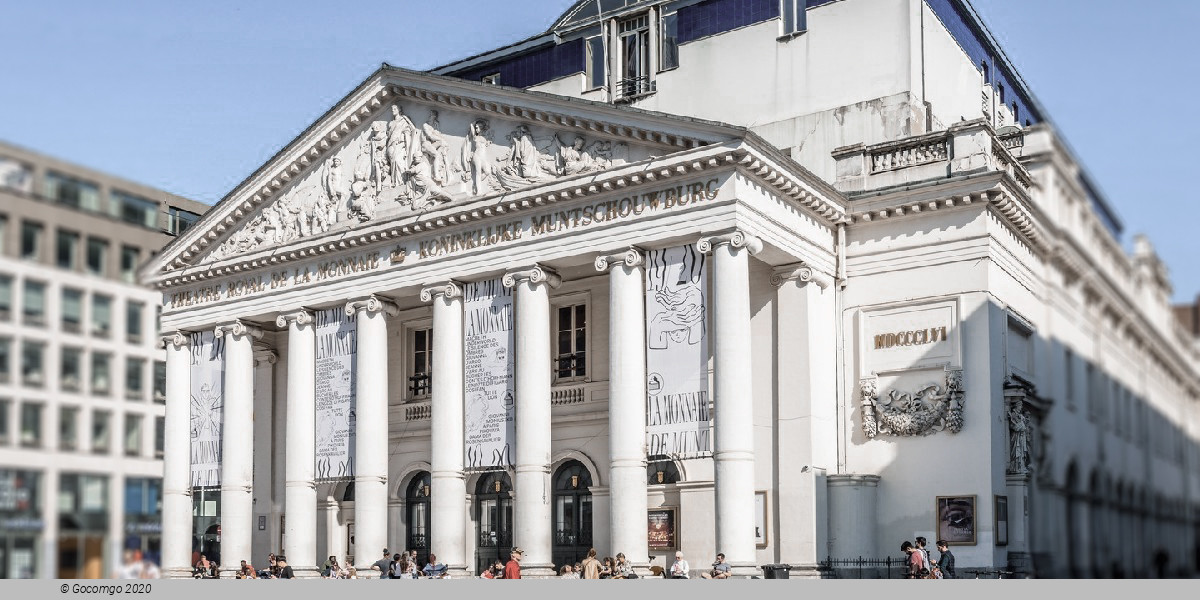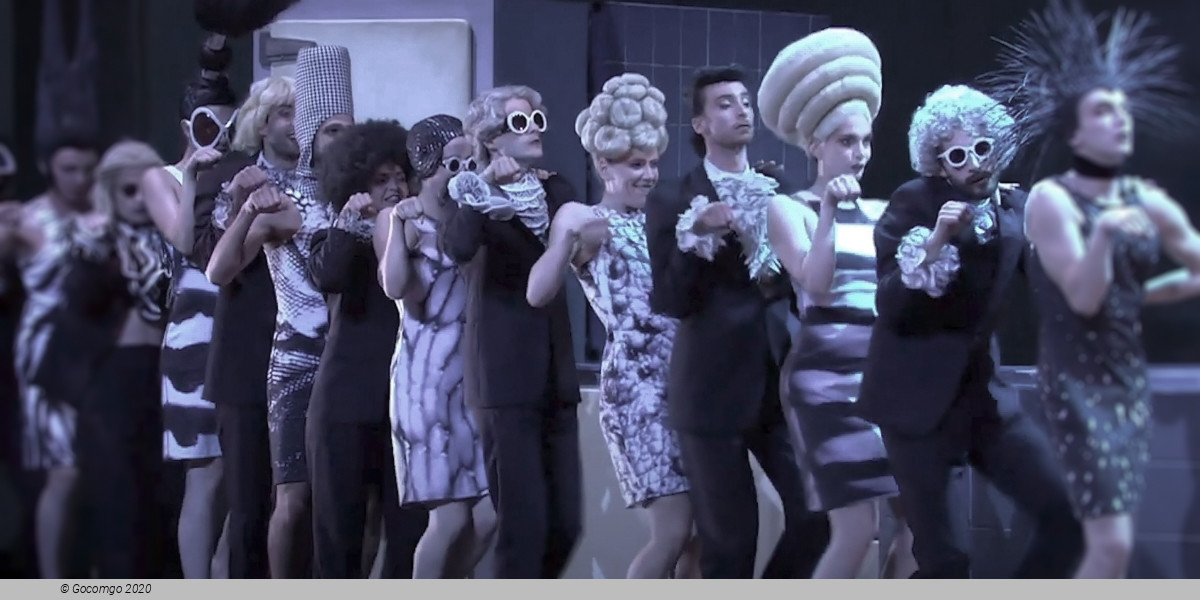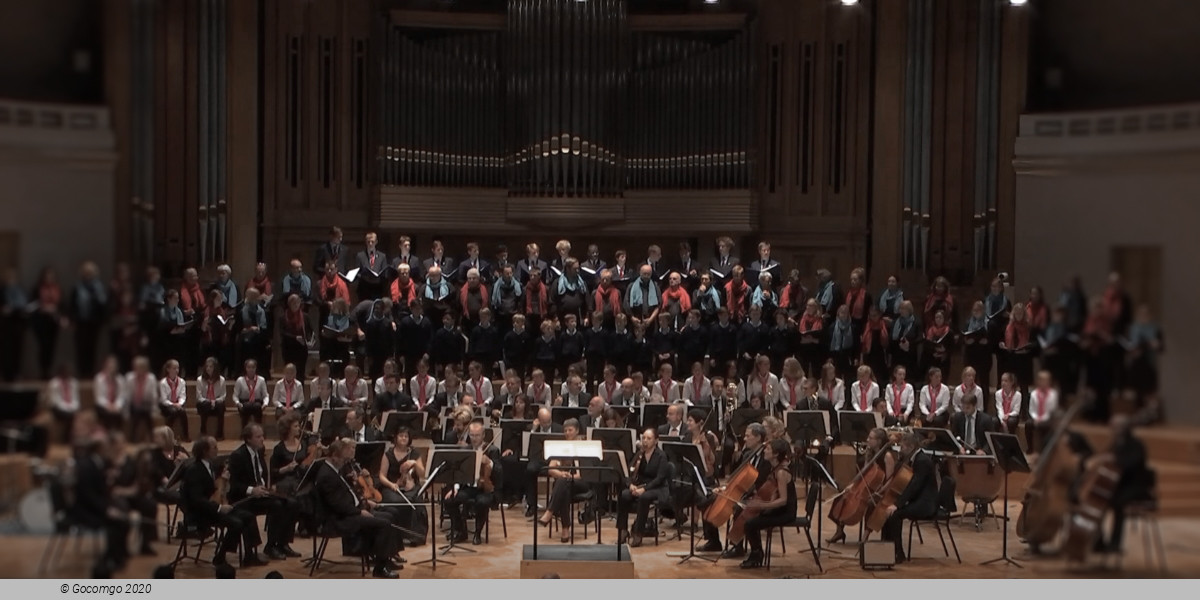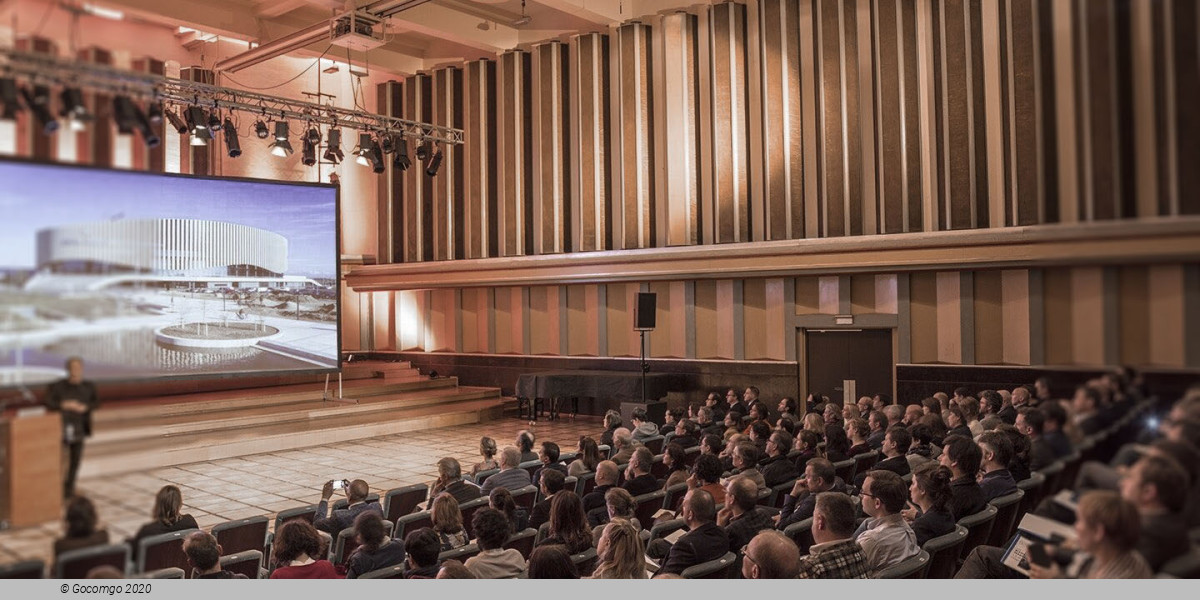Venues in Brussels

The City of Brussels is the largest municipality and historical centre of the Brussels-Capital Region, as well as the capital of Belgium. Brussels grew from a small rural settlement on the river Senne to become an important city-region in Europe. Brussels is the de facto capital of the European Union. Brussels is known for its cuisine and gastronomic offer (including its local waffle, its chocolate, its French fries and its numerous types of beers), as well as its historical and architectural landmarks; some of them are registered as UNESCO World Heritage Sites. Main attractions include its historic Grand Place, Manneken Pis, the Atomium, and cultural institutions such as La Monnaie/De Munt and the Museums of Art and History. Due to its long tradition of Belgian comics, Brussels is also hailed as a capital of the comic strip.
Brussels contains over 80 museums. The Royal Museums of Fine Arts has an extensive collection of various painters, such as Flemish old masters like Bruegel, Rogier van der Weyden, Robert Campin, Anthony van Dyck, Jacob Jordaens, and Peter Paul Rubens. The Magritte Museum houses the world's largest collection of the works of the surrealist René Magritte. Museums dedicated to the national history of Belgium include the BELvue Museum, the Royal Museums of Art and History, and the Royal Museum of the Armed Forces and Military History. The Musical Instruments Museum (MIM), housed in the Old England building, is part of the Royal Museums of Art and History, and is internationally renowned for its collection of over 8,000 instruments.
Brussels has had a distinguished artist scene for many years. The famous Belgian surrealists René Magritte and Paul Delvaux, for instance, studied and lived there, as did the avant-garde dramatist Michel de Ghelderode. The city was also home of the impressionist painter Anna Boch from the artists' group Les XX, and includes other famous Belgian painters such as Léon Spilliaert. Brussels is also a capital of the comic strip; some treasured Belgian characters are Tintin, Lucky Luke, The Smurfs, Spirou, Gaston, Marsupilami, Blake and Mortimer, Boule et Bill and Cubitus (see Belgian comics). Throughout the city, walls are painted with large motifs of comic book characters; these murals taken together are known as Brussels' Comic Book Route. Also, the interiors of some Metro stations are designed by artists. The Belgian Comic Strip Center combines two artistic leitmotifs of Brussels, being a museum devoted to Belgian comic strips, housed in the former Magasins Waucquez textile department store, designed by Victor Horta in the Art Nouveau style. In addition, street art is changing the landscape of this multicultural city.
Brussels is well known for its performing arts scene, with the Royal Theatre of La Monnaie and the Kaaitheater among the most notable institutions. The Kunstenfestivaldesarts, an international performing arts festival, is organised every year in May in about twenty different cultural houses and theatres throughout the city. The King Baudouin Stadium is a concert and competition facility with a 50,000 seat capacity, the largest in Belgium. The site was formerly occupied by the Heysel Stadium. The Center for Fine Arts (often referred to as BOZAR in French or PSK in Dutch), a multi-purpose centre for theatre, cinema, music, literature and art exhibitions, is home to the National Orchestra of Belgium and to the annual Queen Elisabeth Competition for classical singers and instrumentalists, one of the most challenging and prestigious competitions of the kind. Studio 4 in Le Flagey cultural centre hosts the Brussels Philharmonic. Other concert venues include Forest National/Vorst Nationaal, the Ancienne Belgique, the Cirque Royal/Koninklijk Circus, the Botanique and Palais 12/Paleis 12. Furthermore, the Jazz Station in Saint-Josse-ten-Noode is a museum and archive on jazz, and a venue for jazz concerts.
The architecture in Brussels is diverse, and spans from the clashing combination of Gothic, Baroque, and Louis XIV styles on the Grand Place to the postmodern buildings of the EU institutions.
Very little medieval architecture is preserved in Brussels. Buildings from that period are mostly found in the historical centre (called Îlot Sacré), Saint Géry/Sint-Goriks and Sainte-Catherine/Sint Katelijne neighbourhoods. The Brabantine Gothic Cathedral of St. Michael and St. Gudula remains a prominent feature in the skyline of downtown Brussels. Isolated portions of the first city walls were saved from destruction and can be seen to this day. One of the only remains of the second walls is the Halle Gate. The Grand Place is the main attraction in the city centre and has been a UNESCO World Heritage Site since 1998. The square is dominated by the 15th century Flamboyant Town Hall, the neo-Gothic Breadhouse and the Baroque guildhalls of the former Guilds of Brussels. Manneken Pis, a fountain containing a small bronze sculpture of a urinating youth, is a tourist attraction and symbol of the city.
The neoclassical style of the 18th and 19th centuries is represented in the Royal Quarter/Coudenberg area, around Brussels' Park and the Place Royale/Koningsplein. Examples include the Royal Palace, the Church of St. James on Coudenberg, the Palace of the Nation (Parliament building), the Academy Palace, the Palace of Charles of Lorraine, the Palace of the Count of Flanders and the Egmont Palace. Other uniform neoclassical ensembles can be found around the Place des Martyrs/Martelaarsplein and the Place de Barricades/Barricadenplein. Some additional landmarks in the centre are the Royal Saint-Hubert Galleries (1847), one of the oldest covered shopping arcades in Europe, the Congress Column (1859), the former Brussels Stock Exchange building (1873) and the Palace of Justice (1883). The latter, designed by Joseph Poelaert, in eclectic style, is reputed to be the largest building constructed in the 19th century.
Located outside the historical centre, in a greener environment bordering the European Quarter, are the Parc du Cinquantenaire/Jubelpark with its memorial arcade and nearby museums, and in Laeken, the Royal Palace of Laeken and the Royal Domain with its large greenhouses, as well as the Museums of the Far East.
Also particularly striking are the buildings in the Art Nouveau style, most famously by the Belgian architects Victor Horta, Paul Hankar and Henry Van de Velde. Some of Brussels' municipalities, such as Schaerbeek, Etterbeek, Ixelles, and Saint-Gilles, were developed during the heyday of Art Nouveau and have many buildings in that style. The Major Town Houses of the Architect Victor Horta—Hôtel Tassel (1893), Hôtel Solvay (1894), Hôtel van Eetvelde (1895) and the Horta Museum (1901)—have been listed as a UNESCO World Heritage Site since 2000. Another example of Brussels' Art Nouveau is the Stoclet Palace (1911), by the Viennese architect Josef Hoffmann, designated a World Heritage Site by UNESCO in June 2009.
Art Deco structures in Brussels include the Résidence Palace (1927) (now part of the Europa building), the Centre for Fine Arts (1928), the Villa Empain (1934), the Town Hall of Forest (1938), and the Flagey Building (formerly known as the Maison de la Radio) on the Place Eugène Flagey/Eugène Flageyplein (1938) in Ixelles. Some religious buildings from the interwar era were also constructed in that style, such as the Church of St. John the Baptist (1932) in Molenbeek and the Church of St. Augustine (1935) in Forest. Completed only in 1969, and combining Art Deco with neo-Byzantine elements, the Basilica of the Sacred Heart in Koekelberg is one of the largest churches by area in the world, and its cupola provides a panoramic view of Brussels and its outskirts. Another example are the exhibition halls of the Centenary Palace, built for the 1935 World's Fair on the Heysel/Heizel Plateau in northern Brussels, home to the Brussels Exhibition Centre (Brussels Expo).
The Atomium is a symbolic 103 m-tall (338 ft) modernist structure, located on the Heysel Plateau, which was originally built for the 1958 World's Fair (Expo '58). It consists of nine steel spheres connected by tubes, and forms a model of an iron crystal (specifically, a unit cell), magnified 165 billion times. The architect André Waterkeyn devoted the building to science. It is now considered a landmark of Brussels. Next to the Atomium, is Mini-Europe miniature park, with 1:25 scale maquettes of famous buildings from across Europe.
Since the second half of the 20th century, modern office towers have been built in Brussels (Madou Tower, Rogier Tower, Proximus Towers, Finance Tower, the World Trade Center, among others). There are some thirty towers, mostly concentrated in the city's main business district: the Northern Quarter (also called Little Manhattan), near Brussels-North railway station. The South Tower, standing adjacent to Brussels-South railway station, is the tallest building in Belgium, at 148 m (486 ft). Along the North–South connection, is the State Administrative City, an administrative complex in the International Style. The postmodern buildings of the Espace Léopold complete the picture.
The city's embrace of modern architecture translated into an ambivalent approach towards historic preservation, leading to the destruction of notable architectural landmarks, most famously the Maison du Peuple/Volkshuis by Victor Horta, a process known as Brusselisation.






